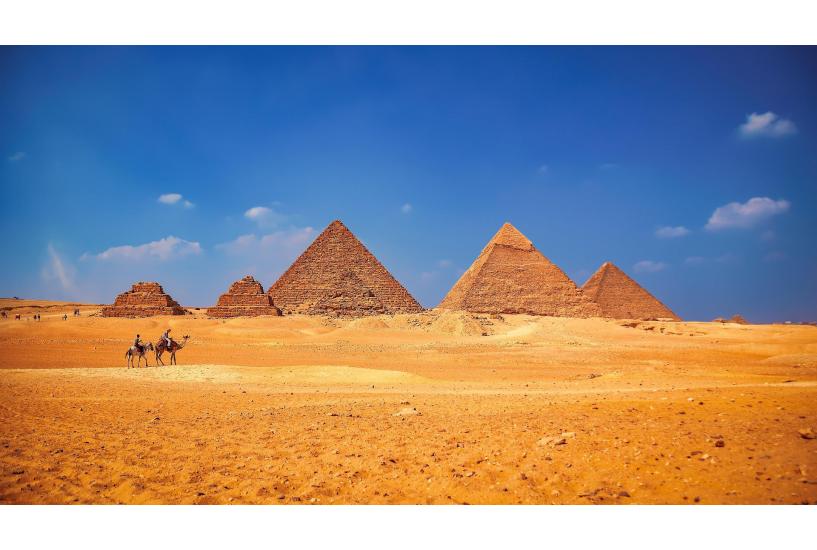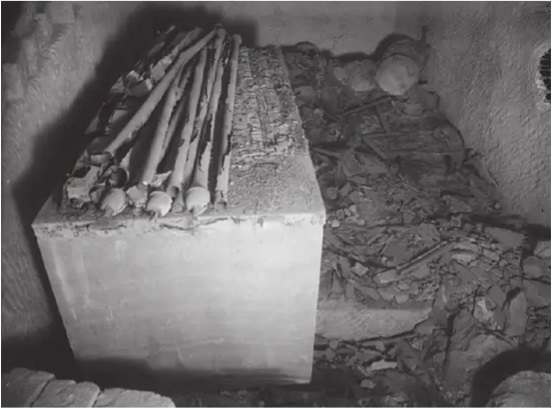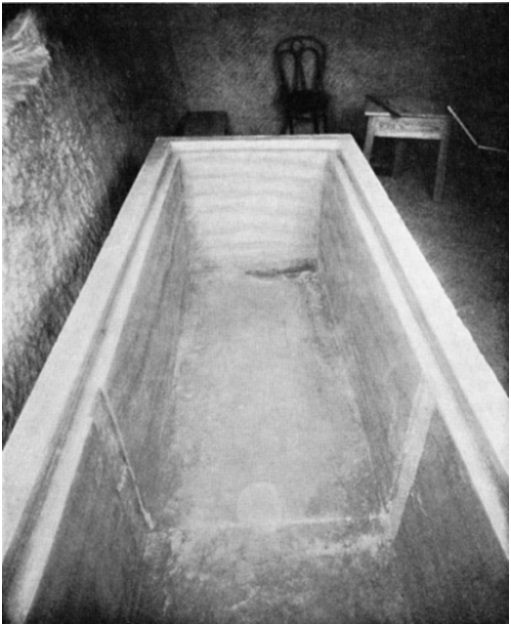by Scott Creighton, author of The Great Pyramid Void Enigma
In November 2017, an international team of more than 30 scientists published the results of their two-year-long Great Pyramid research project in the journal Nature. Using an advanced imaging technique known as muon tomography, three groups working independently from each other discovered a massive, previously unknown space within the Great Pyramid of Giza, a short distance above the pyramid's Grand Gallery.
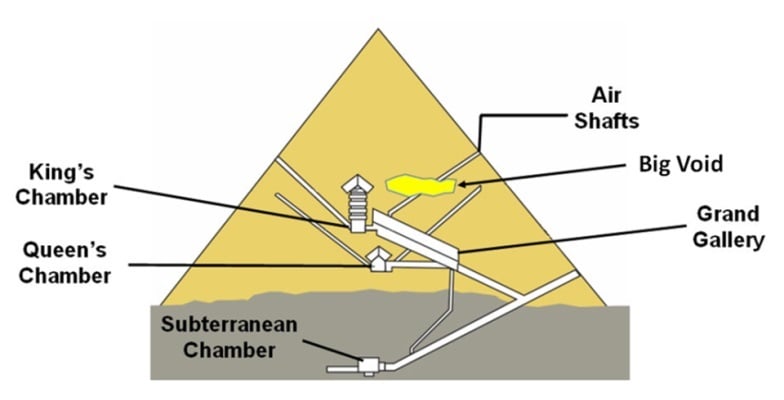
The interior chambers of the Great Pyramid, including the Big Void above the Grand Gallery.
Early reaction from mainstream Egyptologists was naturally cautious and they suggested that the team's data might be wrong and that what was being observed was probably a 'ghosting' effect caused by the Grand Gallery below. In order to eliminate this possibility, in 2019 the ScanPyramid project team undertook further muon scans from several other locations within the Great Pyramid. The new scans confirmed the 2017 results: the Big Void is not a reflection or ghost image; it is a real, massive space located above the Grand Gallery, and its length, previously thought to be thirty meters, is now thought to be closer to forty meters.
As a result of the new findings, Egyptologists Dr Zahi Hawass and Dr Mark Lehner, both previously deeply sceptical of the ScanPyramid team's findings, have apparently now changed their view of the discovery. Larry Pahl, director of the American Institute for Pyramid Research, wrote:
"As I write this (December, 2019), the Egyptian government has the ScanPyramids team back in the relieving chambers above the King's Chamber doing more scans and probing to find the best way to try and access that large void. The team has been quiet for several years after the discovery and worldwide announcement of the void. It took a while for the Supreme Council to be convinced of that void, but now Dr. Zahi Hawass, and Dr. Mark Lehner are talking openly about it, as a possible store of something significant."
Naturally, with a discovery of this magnitude, we find ideas and theories come thick and fast as to what the Big Void might be or contain. Everything from a treasure chamber, the fabled Atlantean Hall of Records, the location of the Ark of the Covenant, the true burial chamber of Khufu, a natural vugh, or an artefact of the pyramid’s construction process have all been suggested as possible explanations for this mysterious and massive space with the Great Pyramid.
One of the reasons why Egyptologists are hesitant to pronounce this void as a new pyramid chamber is that there is no obvious entry to it. No passageways or connecting tunnels have been detected. If it is indeed a purposely built chamber, then it appears to be entirely isolated and apparently without any obvious means of access. Why would Sūrīd/Khufu build into his pyramid a totally inaccessible chamber?
While everyone seemed fixated on the ‘void’ and the modern science that went into discovering it, no one seemed to be looking at what, if anything, the ancient Egyptians themselves might have to say with regards to the building of the pyramids, and whether there was any clue in their ancient texts that might shed light upon this 'hidden chamber'. As it turns out, the Coptic-Egyptians (who regard themselves as the direct descendents of the ancient Egyptians of the early dynastic period) seemingly had quite a bit to say on this issue and the story they tell us is markedly different to the conventional narrative we have all read of in our school text books.
The Coptic legend tells us that during the reign of King Sūrīd (possibly Suphis/Khufu), a strange occurrence took place in the heavens whereby the stars drifted off their normal, predictable paths. Concerned about this, Sūrīd consulted his astronomer-priests to ask what this heavenly portent would mean for his kingdom. The priests responded by telling him that in three hundred years time a great deluge would engulf the entire kingdom, drowning everyone.
Upon learning of this looming catastrophe king Sūrīd responded thus:
". . .the king ordered the Pyramids to be built, and the predictions of the priests to be inscribed upon columns, and upon the large stones belonging to them; and he placed within them his treasures, and all his valuable property, together with the bodies of his ancestors."
Essentially Sūrīd was building pyramids to place within them everything the kingdom would need to ensure its rebirth after the deluge had abated. This, naturally, would include the storage of all manner of seed types, storage vessels, agricultural tools, weapons, knowledge and many other important items. But the single most vital element to Sūrīd's grand recovery scheme was the placement of his ancestors within a secret and completely inaccessible chamber high up within his great 'recovery machine'.
The reason for this is simple. Were the bodies of the ancestor kings and queens to have been destroyed in the coming deluge, then there could be no Osiris-kings to commune with the gods for the well-being of the kingdom and, therefore, no recovery could ever come about. None. These ancestor kings and queens were the key, the engine, the power that, without which, no recovery could ever even be hoped for. And so the deceased Osiris-kings—Sūrīd’s ancestors—had to be protected from the coming deluge, and this was achieved by relocating them from their original (less protected) tombs and placing them within a great Hall of the Ancestors (that is, the Big Void); a massive, inaccessible chamber built high up in the pyramid recovery device.
Alas, however, most Egyptologists dismiss this Coptic-Egyptian Sūrīd tradition as simply myth and legend, nothing more than the wild imaginings of a primitive and superstitious people. According to Egyptologists, the pyramids were built simply as the tomb and eternal afterlife machine for just one king, the reigning pharaoh.
It has long been my own view, however, that there is often a kernel of truth and much to be gleaned from within our ancient myths and legends, in particular the so-called 'Legend of Sūrīd' passed down to us by the Coptic-Egyptians and their Arabic translators.
And so, with so many of Khufu's ancestors being reinterred in the great recovery device, it would surely be reasonable to expect some evidence pointing to this relocation activity. One of the great mysteries of Egyptology is that no original burial of any pharaoh has ever been found within the pyramids. Fragments of human bone, mummy wrappings and other minor artefacts have been discovered within various pyramids, but none of these have been conclusively proven to have come from an original burial of a king and most, in fact, have been shown to come from much later, intrusive burials. Even more puzzling is that a number of undisturbed ancient burials have been found with their sarcophagi still fully intact and sealed and yet, when they were prised open in modern times, each was found to be entirely devoid of a royal mummy!
One of the most bizarre of these occurrences took place at Giza in 1925 when the archaeological team led by the esteemed American archaeologist George Reisner stumbled upon the hidden, underground shaft tomb of Khufu’s mother, Queen Hetepheres I, just a short distance to the east of the Great Pyramid. About this, Egyptologist Barbara Mertz writes:
"What puzzled Reisner was why the elaborate care and secrecy had been expended on the burial of an empty sarcophagus. It had been used for burial; certain discolorations on the bottom proved that much. . . . What disturbs me is the fact that there have been other sarcophagi found in place, unopened—and empty. Two of them date to the Third Dynasty, not so distant in time from the heyday of Hetephres. The cases are not exactly parallel, but yet there remains the incontestable and bewildering common feature of the empty sarcophagi."
|
The underground burial chamber (G7000x) of Khufu’s mother, Queen Hetepheres I, at Giza. (Image: George Reisner, 1925) |
When the sarcophagus was opened, it was empty. (Image: George Reisner, 1925) |
Here then we have a queen, Khufu’s mother, the most important queen in Khufu’s court, whose sarcophagus had once held the queen's body. Many of the queen’s grave goods were also found in the chamber, including a number of sheets of gold and other items of value which ruled out the activity of tomb raiders, who would surely have taken these and, most likely, would have smashed the sarcophagus lid to access the royal mummy and the many precious amulets often placed within the mummy’s linen wrappings. Furthermore, it is highly improbable that tomb robbers would have taken the time to replace the heavy lid back onto the sarcophagus after having removed the royal mummy.
There is, of course, an entirely different narrative by which the circumstances and disappearance of this ancient queen’s body can be simply and rationally explained, along with the other Third Dynasty kings’ sarcophagi found in similar circumstances. If we suppose that Khufu’s mother had died some time before the great Hall of the Ancestors (the Big Void chamber) had been completed or was ready to receive its assembly of ancestor kings and queens, then a temporary tomb would have been needed for her temporary burial. What would not have been needed in this instance, of course, would have been any mastaba or pyramid superstructure over the tomb chamber as her eternal home was (eventually) to be alongside her husband (and other ancestors) within the great Hall of the Ancestors, high up inside the Great Pyramid itself.
The queen’s original sarcophagus would then have been ritually resealed and her temporary tomb closed up, a process that would likely have occurred with the relocation of all of Khufu’s ancestor kings and their queens, leaving behind only their resealed but now empty sarcophagi for modern Egyptologists to puzzle over.
Finally, as with all the other ancestor kings and queens placed within this great Hall of the Ancestors, a ka statue would have been placed for the queen in the Grand Gallery below to serve as a surrogate double for her ka should her mummified body become too decayed. And so, with the full lineage of Khufu’s (Sūrīd's) ancestors now in place, the Big Void’s Hall of Ancestors would then have been completely sealed as the pyramid was built upward to its completion.
Perhaps the simple truth of the missing body of Khufu’s mother and the empty sarcophagi of the Third Dynasty kings is precisely as the Coptic-Egyptian tradition tells us: that King Sūrīd/Khufu took the bodies of his ancestors and placed them in a hidden chamber high up within the Great Pyramid to protect them from a foretold deluge.
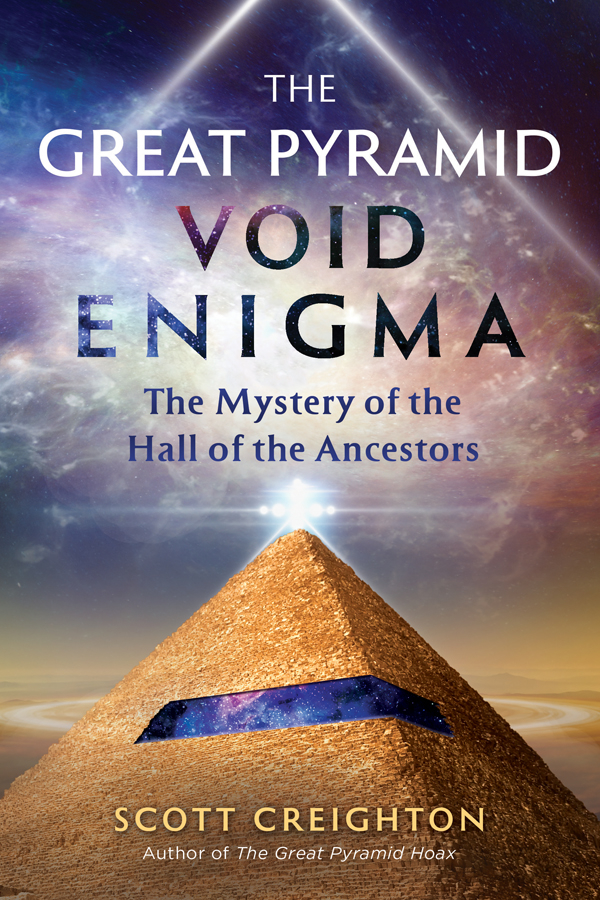 |
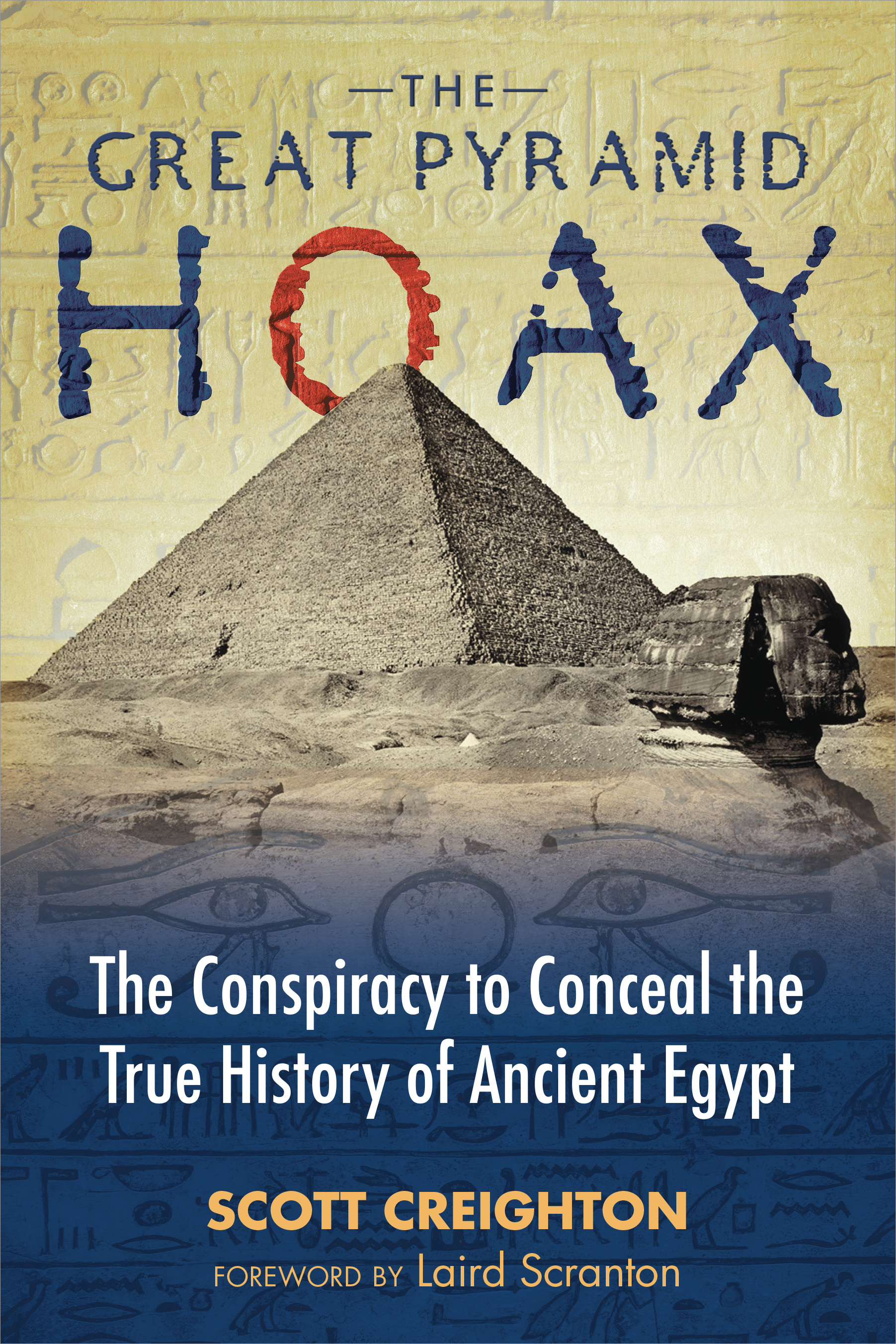 |
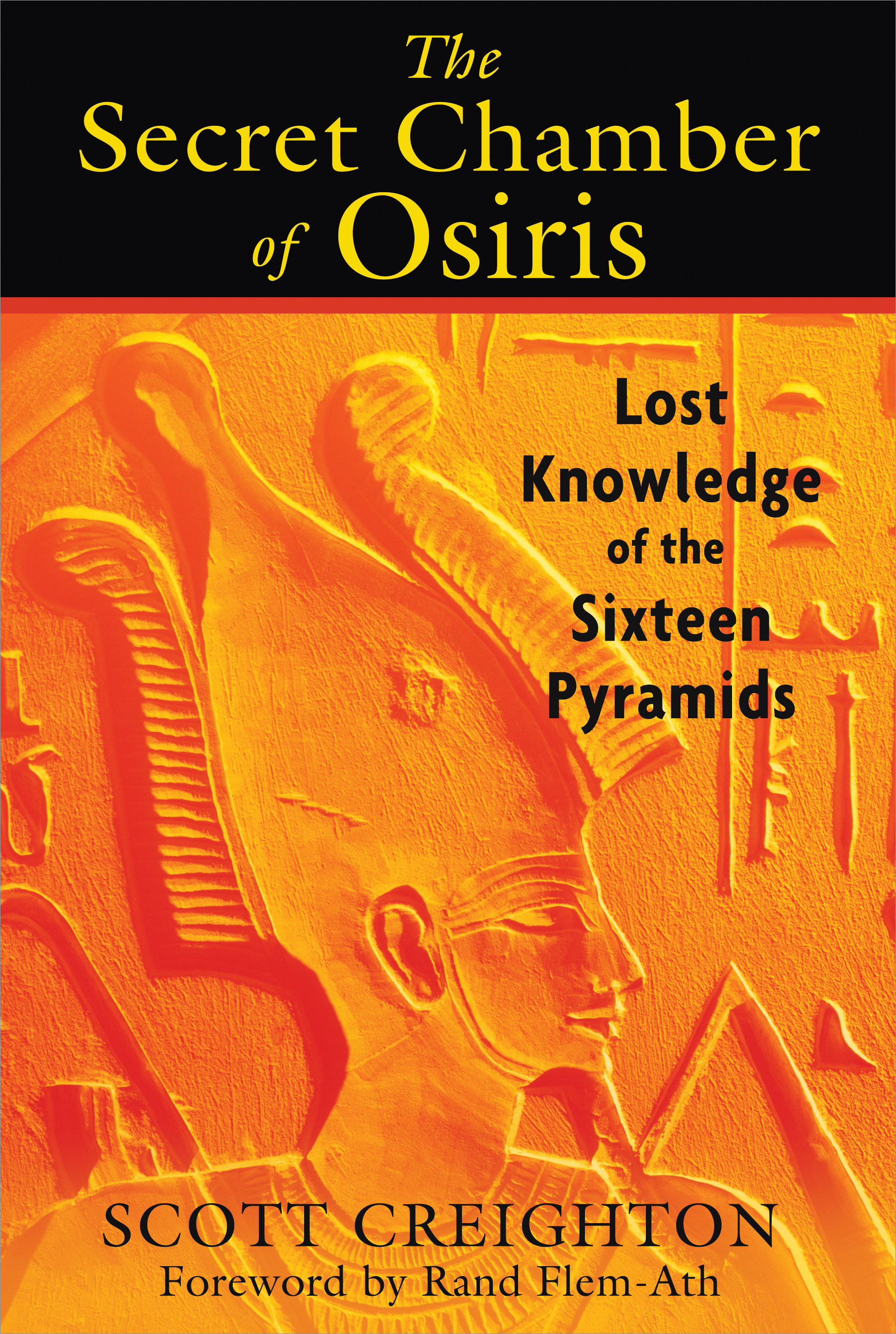 |
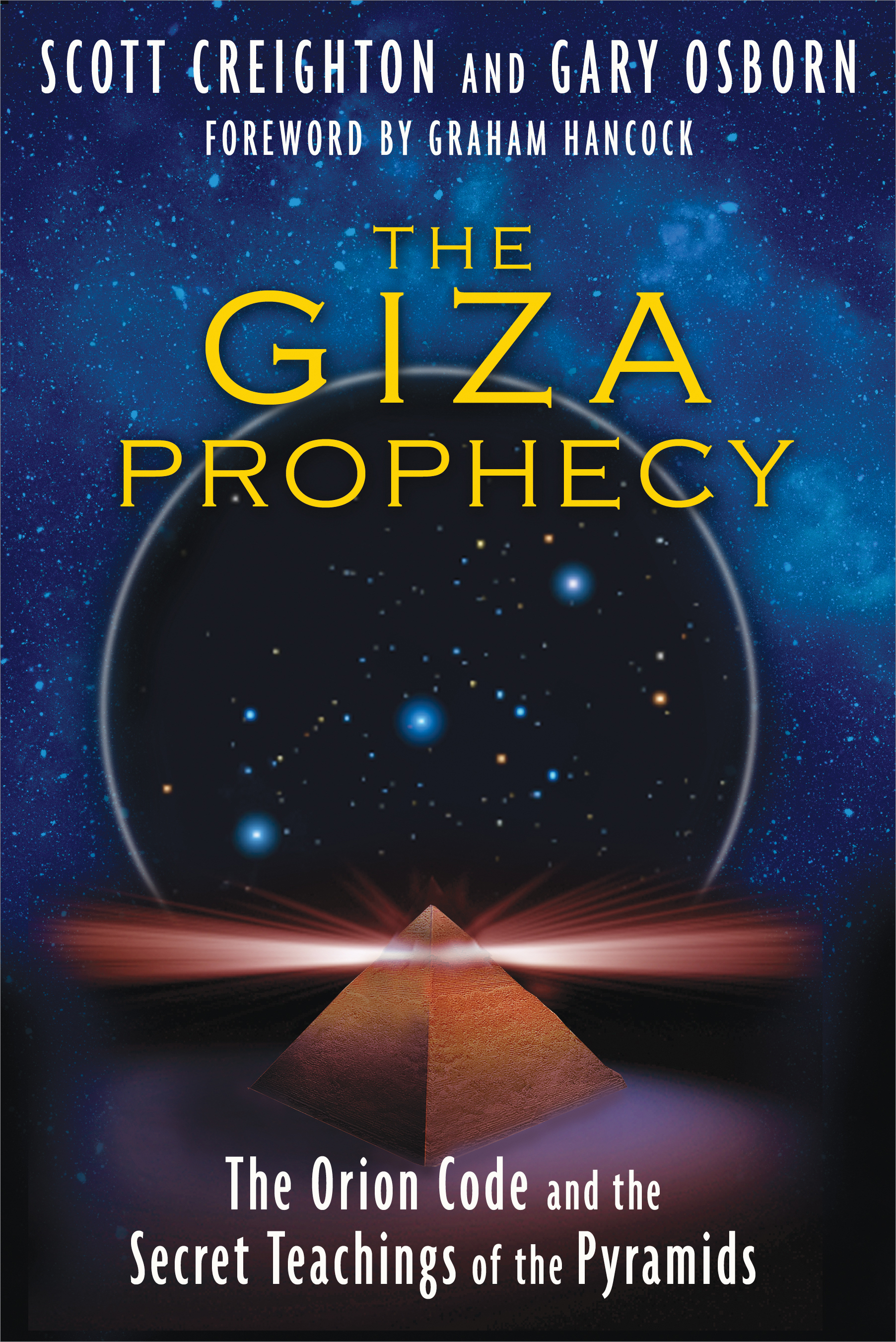 |


